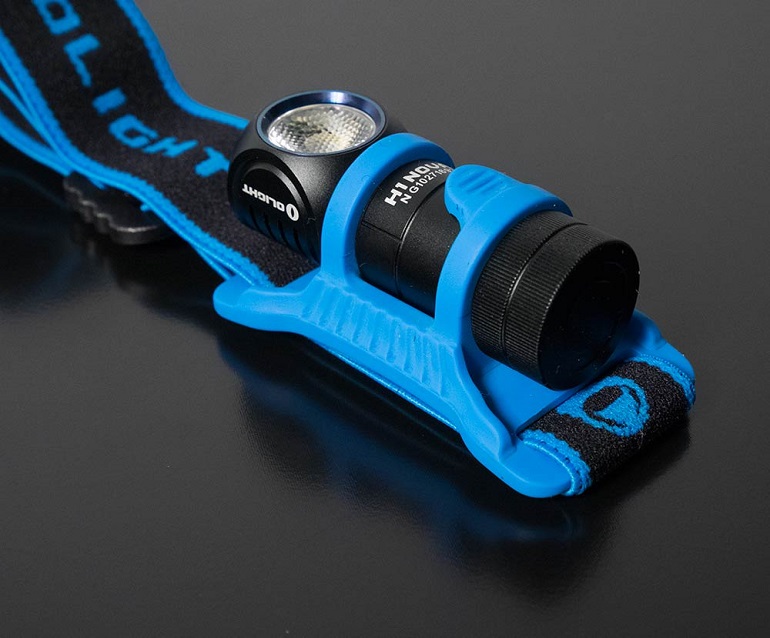The Complete Guide to Buying a Headlamp
Headlamps are quickly becoming the weapon of choice for hikers, campers, hunters, climbers, tradespeople and runners everywhere. And why wouldn’t they? Headlamps provide brightness that can match even the brightness of high-end flashlights, but on top of that, they also provide hands-free convenience, allowing you to perform a wide range of tasks that you otherwise wouldn’t be able to perform while holding a flashlight. Nowadays, you can find headlamp hiking, camping, and hunting models that are packed with features that add convenience to the task at hand. However, with so many models available, you need to take a minute to think about what you expect from the headlamp in order to make the right buying decision.

The first thing you need to pay attention to when buying a headlamp, regardless for what purpose, is the lumen count, which represents the brightness the headlamp can produce. Lumens are basically the measure of how many light LEDs can produce. A headlamp with more lumens will dish out more light, allowing you to see more clearly and farther away than a headlamp with fewer lumens. Many headlamps have a single lumen setting, while some models offer multiple modes that you can switch between to get the desired amount of illumination. Most first buyers will ask themselves: “Well, how many lumens is enough?” – and that’s a great question. While it comes down to personal preference to a degree, the purpose of the headlamp will ultimately impact your decision. Generally, you want a headlamp with about 500 lumens, so that you can use it for all outdoor activities.
Then, you have to pay attention to the batteries the headlamp uses and battery life. Some batteries can last only a couple of hours, whereas others can last up to 100 hours. Lower-end headlamps come with lower-quality batteries, whereas high-end headlamp hiking, camping, and hunting headlights have much better battery life. If your outdoor adventures are usually short, you can get away with a lower-quality AA or AAA battery. However, if your trips in the wilderness are longer, you’ll want a lithium-ion battery in order to get the most out of your light. Keep in mind that the more powerful the headlamp is, the quicker it will drain its batteries.

Furthermore, consider the headband. Most headbands use a single strap made of fabric which goes around your head. However, some have a single strap made of cloth that’s reinforced with plastic for extra stability, and many people prefer that option instead. There are also models that also have a strap going over the top of your head in addition to going around your head. As with most things when shopping for a headlamp, it comes down to personal preference. But one thing is sure – you want the headband to be as comfortable as possible since you’re going to be wearing it on your head for multiple hours at a time.
While these are the three most important factors to consider when shopping, you should also consider whether you want extra features like adjustable focus. Basically, the adjustable focus feature allows you to change the beam of the light of the headlamp from a narrow, focused angle so that you can see further ahead of you, to a wider angle so that you can see a broader expanse of the environment around you. Contrary to what many people think, this feature isn’t as widely available as one might think, even with all the advancements in flashlight and headlamp technologies.

And lastly, you may have noticed some figures, such as IP67 or IP48 on the specification sheet, and if you wonder what they represent, it’s basically the ingress protection – a measurement of how well-protected the headlamp is from water molecules and physical particles. So if the headlamp is IP67 rated, it means that it’s rated for 6 out of 6 for physical particles, and 7 out of 8 for protection against water molecules. Basically, an IP67 rated headlamp means that it’s completely particle-proof, and not even dust can enter and damage the device, and it’s safe to use in water in up to 1-metre depth, for 30 minutes.
Even though battery life is much better than it used to be, a powerful headlamp will still drain them rather quickly, which is why you want to bring a pair or two of extras just in case. Being stuck in the middle of nowhere without light can be not just frustrating, but dangerous as well. For that reason, having extra batteries not just for the headlamp, but all the battery-powered equipment you bring with you can be extremely useful. Oftentimes, you can get extra batteries from the same store you got the headlamp from, but you might also have to look elsewhere. Regardless, as long as the batteries are compatible with the headlamp, it doesn’t matter where you get them.

